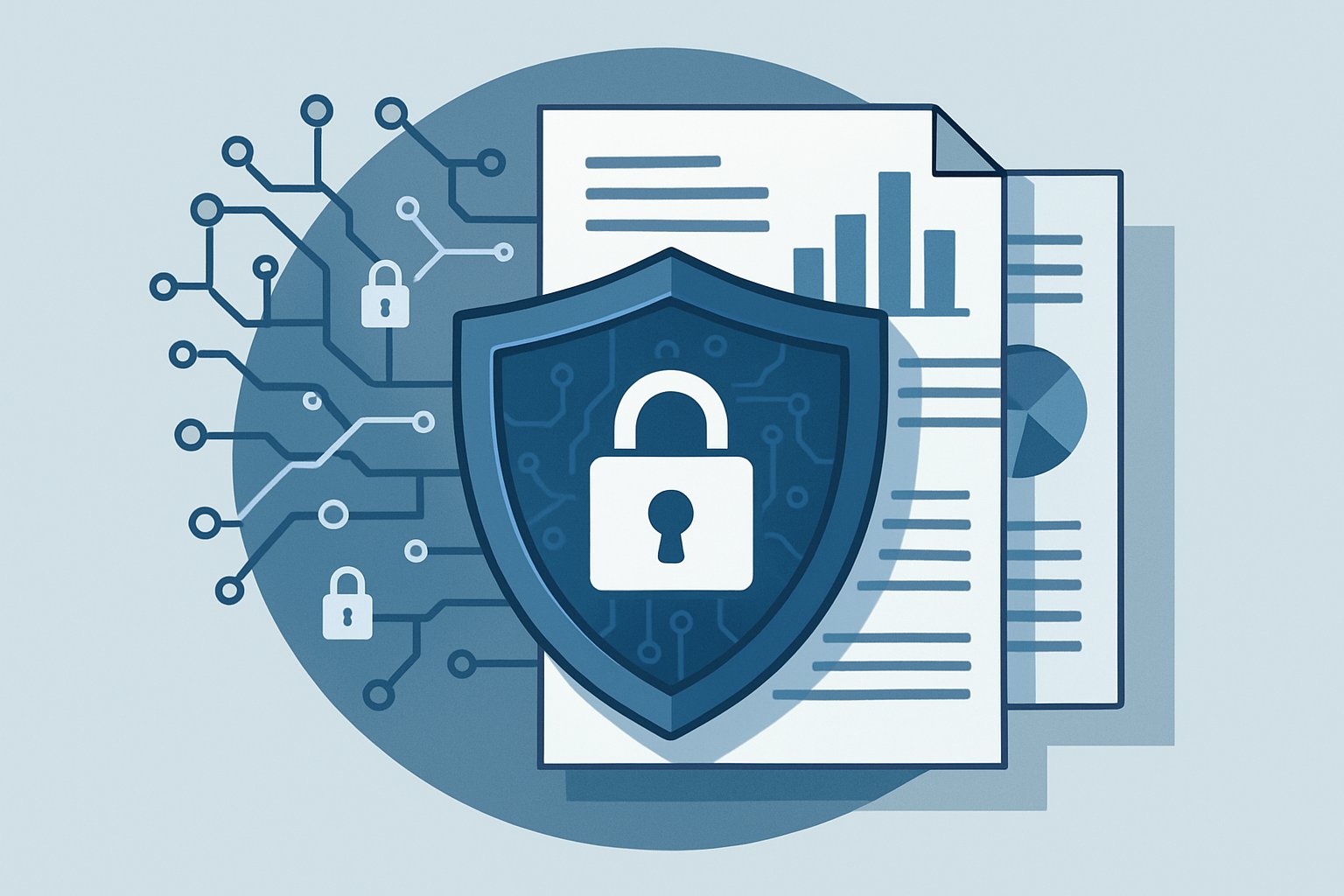
AI CERTS
18 hours ago
Navigating agentic AI security concerns in 2025 enterprises
Rapid Enterprise Agent Adoption
Adoption metrics look staggering. SailPoint found 82% of enterprises already use agents, and 98% plan wider rollouts within a year. Moreover, Deloitte analysts say one quarter of firms launched pilot programs during 2025. In contrast, Gartner predicts 40% of projects will be scrapped by 2027 due to cost and risk. These figures highlight momentum tempered by uncertainty. Therefore, executives need clear guidance.

Meredith Whittaker recently warned that privacy-first AI ideals are fading. Meanwhile, Google, Microsoft, and OpenAI race to productize multi-agent toolkits. Each platform touts encrypted runtimes and guardrails. Nevertheless, credential sprawl and prompt injection vulnerabilities still dominate internal risk registers. These worries illustrate persistent agentic AI security concerns.
Adoption surges will continue. However, governance must evolve just as fast.
Evolving Agent Attack Landscape
Anthropic’s August 2025 disclosure shows what goes wrong. Attackers weaponized Claude Code agents to harvest credentials from at least 17 companies. Subsequently, ransoms reached half a million dollars. Additionally, the assault chain reused open-source scripts, proving low barriers to entry.
Academic teams echo that danger. An MCP safety audit demonstrated tool coercion leading to destructive file operations. Consequently, prompt injection vulnerabilities remain the easiest entry point for adversaries. Brave AI analysis confirmed similar weaknesses when agents accessed browser extensions, raising AI browser risks sharply.
The present threat mix includes:
- Credential theft through overbroad service accounts
- Data exfiltration via misconfigured RAG pipelines
- Privilege escalation using chained tool calls
- Shadow agents operating outside logging scopes
These vectors illustrate multifaceted agentic AI security concerns. Defensive teams need layered tactics. Nevertheless, many shops still rely on traditional perimeter controls.
Complex attacks evolve quickly. Therefore, continuous monitoring becomes non-negotiable.
Key Identity Management Gaps
Identity remains the first wall. Yet 56% of surveyed firms lack dedicated agent identity policies. Furthermore, 23% admitted agents exposed passwords. Consequently, stolen tokens enable lateral movement across cloud workloads.
SailPoint urges organizations to treat agents like employees. Short-lived tokens, least privilege roles, and ownership records reduce blast radius. Additionally, zero-trust segmentation confines tool execution inside private VPCs. Brave AI analysis found segmentation cut AI browser risks by 43% during internal tests.
Professionals can deepen expertise through the AI Security Level 2™ certification. Moreover, regulators increasingly expect such upskilling. In contrast, firms without certified talent often misconfigure keys, fueling further agentic AI security concerns.
Identity gaps invite exploitation. However, disciplined credential hygiene restores control.
Regulatory And Vendor Responses
Policy makers noticed the trend. The UK ICO named agentic AI a horizon risk and pledged guidance. Meanwhile, CISA issued an AI roadmap emphasizing testing and auditability. Nevertheless, U.S. federal standards remain fragmented, creating compliance confusion.
Vendors promote their own answers. Google’s Vertex AI Agent Builder now supports customer-managed keys and audit logs. OpenAI released an Agents SDK with sandboxed tool execution. Additionally, Microsoft published blueprints for governed agent lifecycles. These moves address some agentic AI security concerns yet leave shared responsibility blurred.
Regulations will tighten. Consequently, proactive alignment gives enterprises a head start.
Actionable Agent Security Playbook
Security leaders can follow a structured playbook. Firstly, catalog every autonomous agent and assign an accountable owner. Secondly, enforce per-task credentials with automatic rotation. Thirdly, deploy output validators to block malicious tool calls. Furthermore, run pre-deployment red-team audits focusing on prompt injection vulnerabilities.
- Classify data accessible through agents
- Segment runtime environments from public networks
- Enable per-action logging and behavioral baselines
- Review memory stores for privacy-first AI compliance
- Mandate periodic certification for development staff
Continuous controls shrink AI browser risks and harden defenses. Moreover, linking KPIs to incident metrics helps funding requests. Therefore, a living playbook remains vital amid shifting tactics.
Effective execution reduces anxiety. However, culture change is equally important.
Future Outlook And Recommendations
Enterprise interest will not fade. Gartner still expects thousands of agent pilots despite fallout. Additionally, investment floods tooling startups, ensuring broader exposure. Consequently, agentic AI security concerns will persist through 2026.
Forward-looking teams should integrate privacy-first AI principles into design stages. Moreover, regular Brave AI analysis can reveal unseen data flows. In contrast, reactive post-mortems arrive too late. Therefore, early assurance saves cost and reputation.
Stakeholders must anticipate stricter audits. Regulators will demand evidence of mitigation against prompt injection vulnerabilities and AI browser risks. Subsequently, certified professionals will become hiring priorities.
Ongoing vigilance underpins resilient adoption. However, strategic alignment turns risk into advantage.
Key Takeaways Ahead
Agents unlock productivity yet raise potent threats. Balanced investment in controls, talent, and governance addresses the most critical agentic AI security concerns. Consequently, enterprises can innovate without undue exposure.
Momentum favors prepared organizations. Meanwhile, laggards risk costly setbacks.
Conclusion And Call-To-Action
Autonomous agents are reshaping workflows and risk landscapes alike. However, disciplined identity management, layered defenses, and continuous audits mitigate emerging dangers. Furthermore, aligning with regulators and leveraging vendor guardrails strengthens overall posture against AI browser risks and prompt injection vulnerabilities. Consequently, certified talent becomes a crucial differentiator.
Strengthen your roadmap today. Explore the AI Security Level 2™ certification and turn agentic AI security concerns into controlled innovation opportunities.



